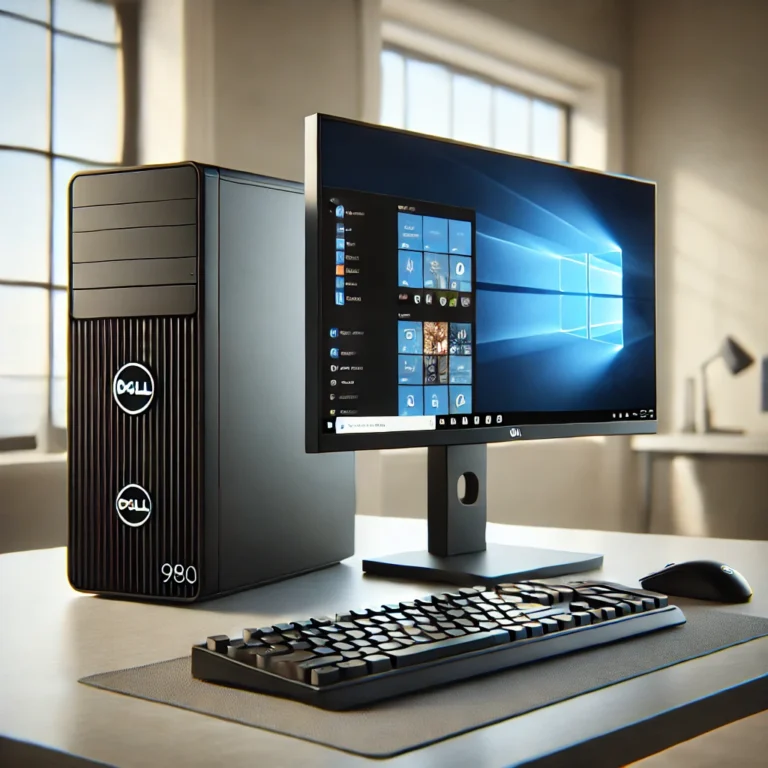The Best Laptop for Hackintosh: Top Choices for Seamless macOS Performance
Creating a Hackintosh — a non-Apple computer that runs macOS — requires careful hardware selection to ensure compatibility and optimal performance. While building a desktop Hackintosh can be relatively straightforward, finding the right laptop that offers seamless macOS functionality is a bit trickier. The ideal Hackintosh laptop must have hardware that aligns well with Apple’s ecosystem, ensuring stable drivers, proper Wi-Fi support, and smooth graphics performance. Below are three outstanding laptop options that are highly compatible with macOS for your Hackintosh build.
HP Elitebook 650 G10 Review
The HP Elitebook 650 G10 is an exceptional choice for Hackintosh enthusiasts seeking robust performance and excellent hardware compatibility. Powered by a 13th Gen Intel 10-Core i7-1355U processor, this laptop delivers ample power for both casual users and developers who need reliable multitasking.
The 15.6″ FHD display offers vibrant visuals that are ideal for macOS workflows, and the 64GB DDR4 RAM ensures smooth performance even with demanding applications. With 2TB PCIe SSD storage, you’ll have plenty of space for macOS, apps, and media files.
The Elitebook’s solid build quality and professional design make it an ideal choice for those seeking a powerful yet discreet Hackintosh laptop.
Key Features
- 13th Gen Intel 10-Core i7-1355U for powerful performance
- 15.6″ FHD display with crisp and clear visuals
- 64GB DDR4 RAM for seamless multitasking
- 2TB PCIe SSD for extensive storage
- Wi-Fi 6E and Bluetooth 5.3 for stable wireless connectivity
Lenovo 2025 ThinkPad X1 Carbon Gen 12 Review
The Lenovo ThinkPad X1 Carbon Gen 12 is a top-tier laptop for Hackintosh builders seeking portability without sacrificing performance. Its Intel Core Ultra 7 155U processor combines efficient power management with strong computing capabilities, ideal for running macOS efficiently.
The 14.0″ IPS WUXGA display provides sharp visuals and color accuracy — perfect for creative professionals and developers. With 32GB LPDDR5X RAM and 1TB SSD storage, this laptop is well-equipped to handle intensive macOS tasks.
The ThinkPad’s reputation for durability, coupled with features like a backlit keyboard and Thunderbolt 4 ports, ensures an optimal experience when transformed into a Hackintosh.
Key Features
- Intel Core Ultra 7 155U processor for balanced performance
- 14.0″ IPS WUXGA display for clear visuals
- 32GB LPDDR5X RAM for fast and efficient multitasking
- 1TB SSD for spacious storage
- Thunderbolt 4 ports for fast data transfer and device connectivity
Dell XPS 15 9530 Review
The Dell XPS 15 9530 is a high-performance laptop that shines as a Hackintosh powerhouse. Featuring a 10-core Intel i7-13620H processor, this machine offers excellent performance that rivals many desktop setups.
The 15.6″ FHD+ display is bright and clear, making it perfect for photo editing, video production, or software development. With 64GB DDR5 RAM and a 2TB SSD, this laptop handles demanding applications with ease.
With features like Thunderbolt 4, Wi-Fi 6, and AI Copilot support, the Dell XPS 15 offers both modern functionality and excellent hardware compatibility for macOS installation.
Key Features
- 10-core Intel i7-13620H processor for powerful performance
- 15.6″ FHD+ display with sharp visuals
- 64GB DDR5 RAM for multitasking
- 2TB SSD for extensive storage
- Thunderbolt 4 for fast connections and expanded peripherals
Conclusion
Choosing the best laptop for Hackintosh success depends on finding the right balance between hardware compatibility and performance. The HP Elitebook 650 G10 excels with its powerful specs and ample storage, while the Lenovo ThinkPad X1 Carbon Gen 12 offers portability and reliability. For those seeking cutting-edge performance, the Dell XPS 15 9530 is an excellent choice with powerful specs and top-tier build quality.
With any of these laptops, you’ll be well on your way to building a smooth, efficient Hackintosh system that unlocks the power of macOS without investing in an Apple device.







